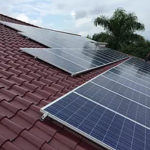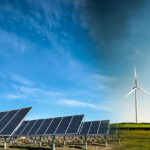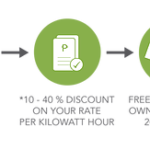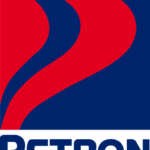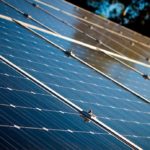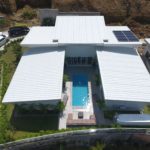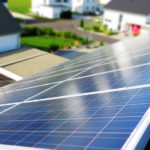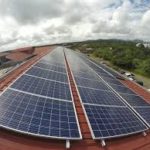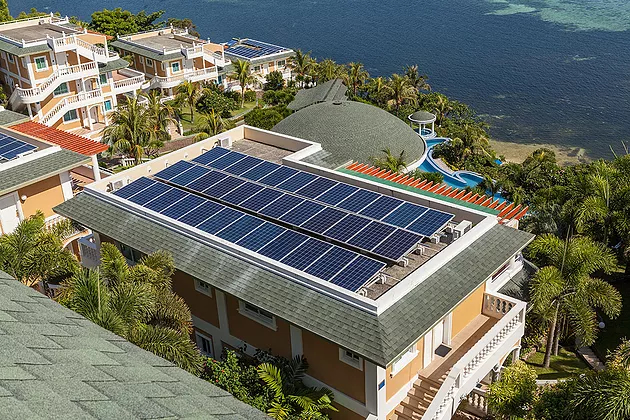
The Basics of Solar Panel Systems
Understanding solar panel systems is an important part of owning solar power or electricity in a home or business. Having a clear idea of a) what the system can do, b) how it works, and c) what the system is composed of will not only help when it comes to the maintenance of the system, but it also helps an owner know what to expect from their newly invested asset.
First, what can it do? This can be best explained by the solar power installer or provider. The output of a solar installation is dependent on size (number of panels), type of solar panels, and its location (some places receive more sun than others). It is important to ask the following:
What is the maximum generating capacity of the system? (This is given in kilowatts).
What can it generate monthly or annually? (This is given in kilowatt-hours).
How does billing and net metering work? (Each country will have different regulations).
Are there any other fees that need to be paid to the distribution utility?
Second, how does it work? A quick explanation is that sunlight heats the silicon panels and that creates energy, which is captured by an inverter, which converts it from a direct current to an alternating current. Alternating currents are preferred because AC electricity can travel for miles without losing any power. In the system, the inverter is installed right beside the breaker box to make sure that the building uses the solar power first and then either send power out to the grid (if too much is produced) or receive power from the grid (if not enough is produced). You can learn more about how solar power is captured here.
Third, what is in the system? This is about the kind of solar panels installed and the components that support it (ex. inverter). There are three main types of solar panels:
Monocrystalline panels. As the name suggests, these panels are composed of a single growing crystal. In terms of wattage to panel size, it is the most efficient at an average of 25% efficiency. Among the panels, it performs better in low light conditions and has a higher yield per square foot. However, when temperature increases, the performance decreases, and it is known for circuit breakdowns when obstructed or shaded. The manufacturing process also produces significant waste.
Polycrystalline panels. A slightly less efficient panel when comparing wattage to panel size, with an average of 20.4% efficiency. However, it can be produced at half the cost of monocrystalline panels. Its performance does not decrease with an increase in temperature, and its manufacturing process produces little waste. This makes it cheaper for both provider and end-user.
Thin film panels. The least efficient of all panels, it averages at 9% efficiency. While it is easy to mass produce, and does not have the problems of shading and obstructions that the other two panels have, they don’t last as long. That being said, because they are lightweight, they are good for projects with smaller power requirements and needs both lightweight and portable panels.
The efficiency of solar panel systems is dependent on its location. Often, monocrystalline and polycrystalline are the best options because of the balance in price, efficiency, and reliability. The expert recommendation for the Philippine market or other countries close to the equator is polycrystalline silicon. This is because, as previously written, it is more economic and its performance is not hindered by increasing temperatures or the higher temperatures that are more common in these regions.
Anyone that owns or is in the process of obtaining a solar panel system for their home or business should take the time to fully understand the technology they have chosen. Having a solar energy provider or a solar installation company that can help explain these details is the most ideal, especially if they are able to make themselves readily available for maintenance of your system for the years to come.
Posted on August 15, 2018
This post was written by a g
Category: Uncategorized
